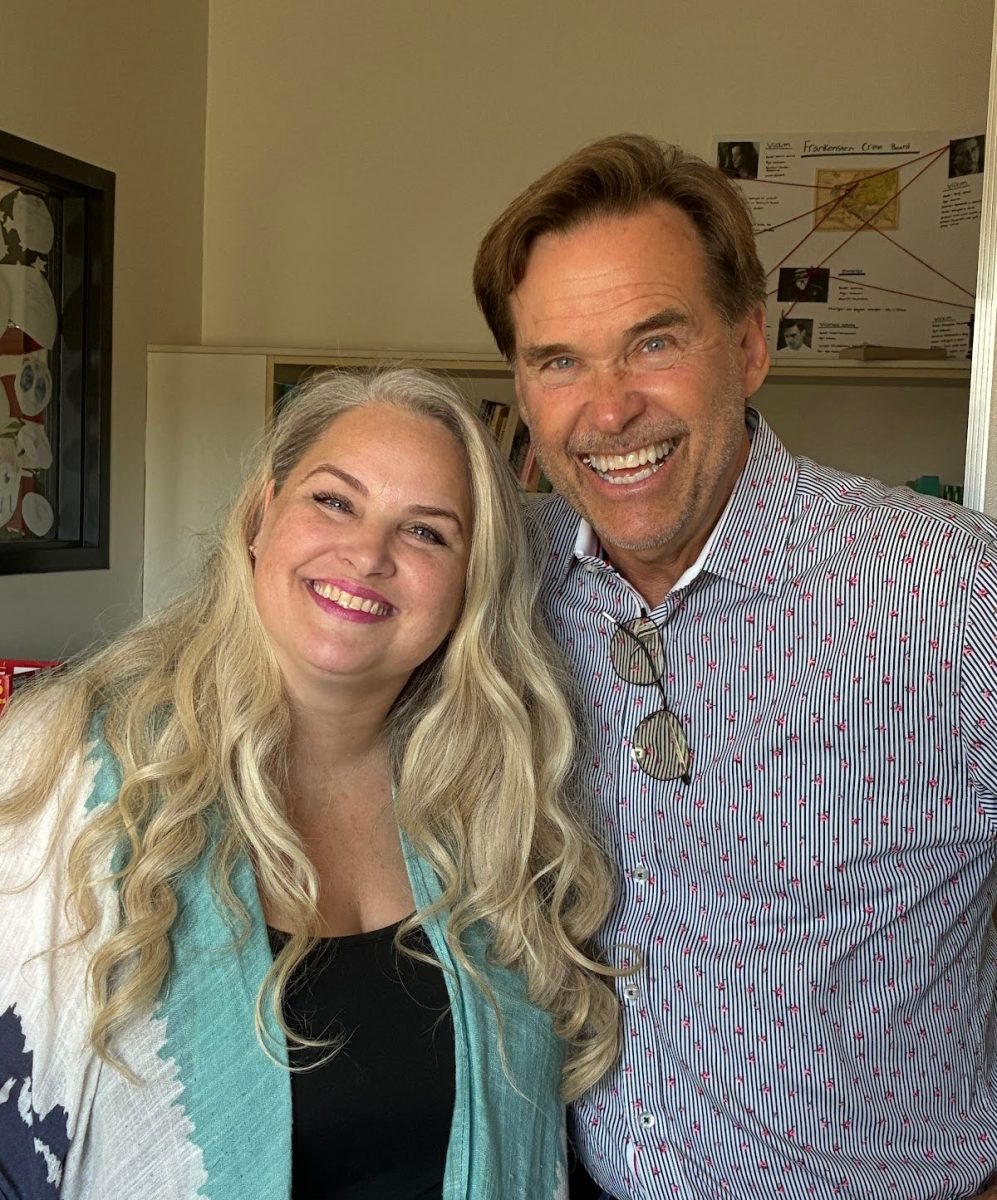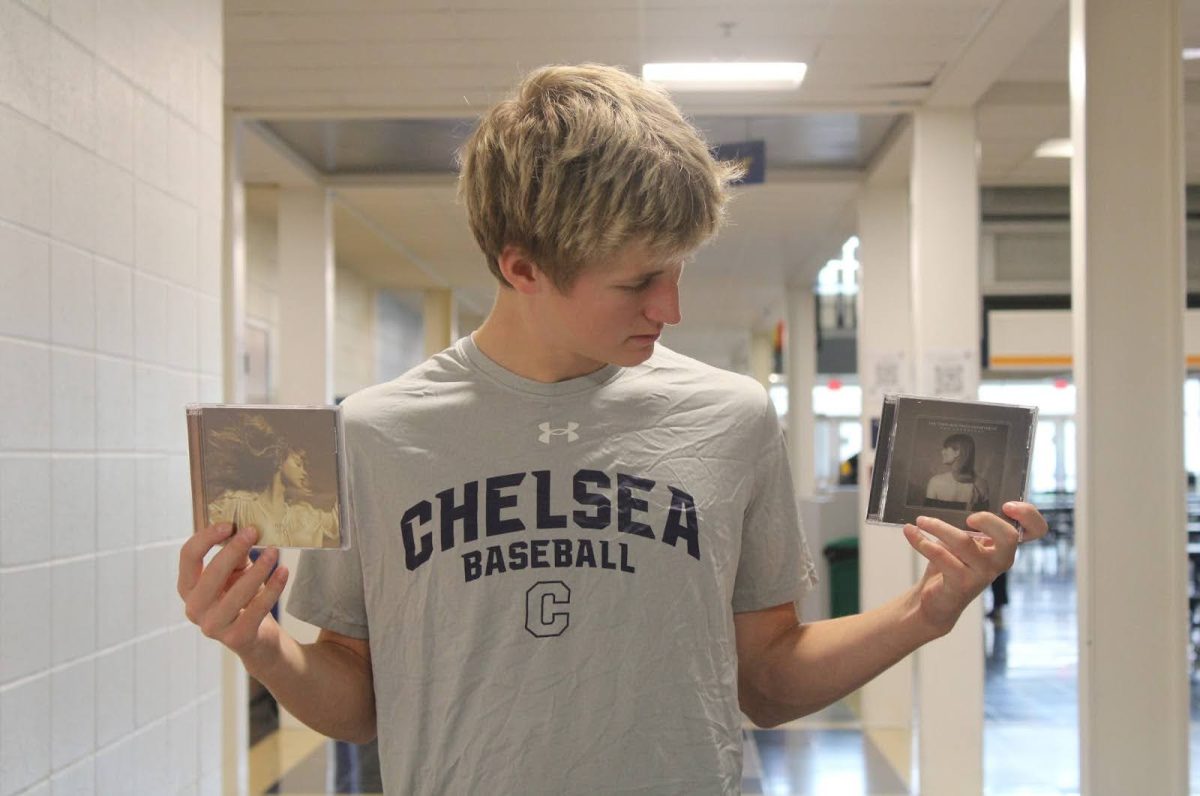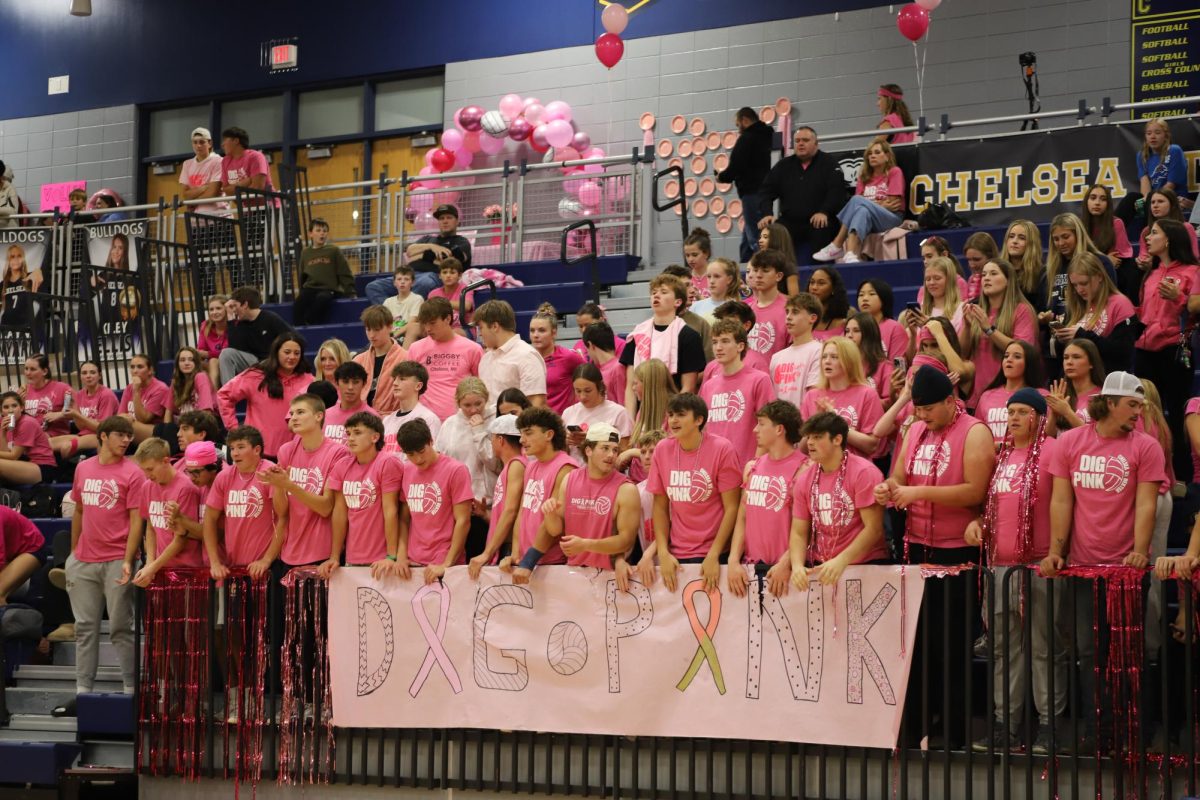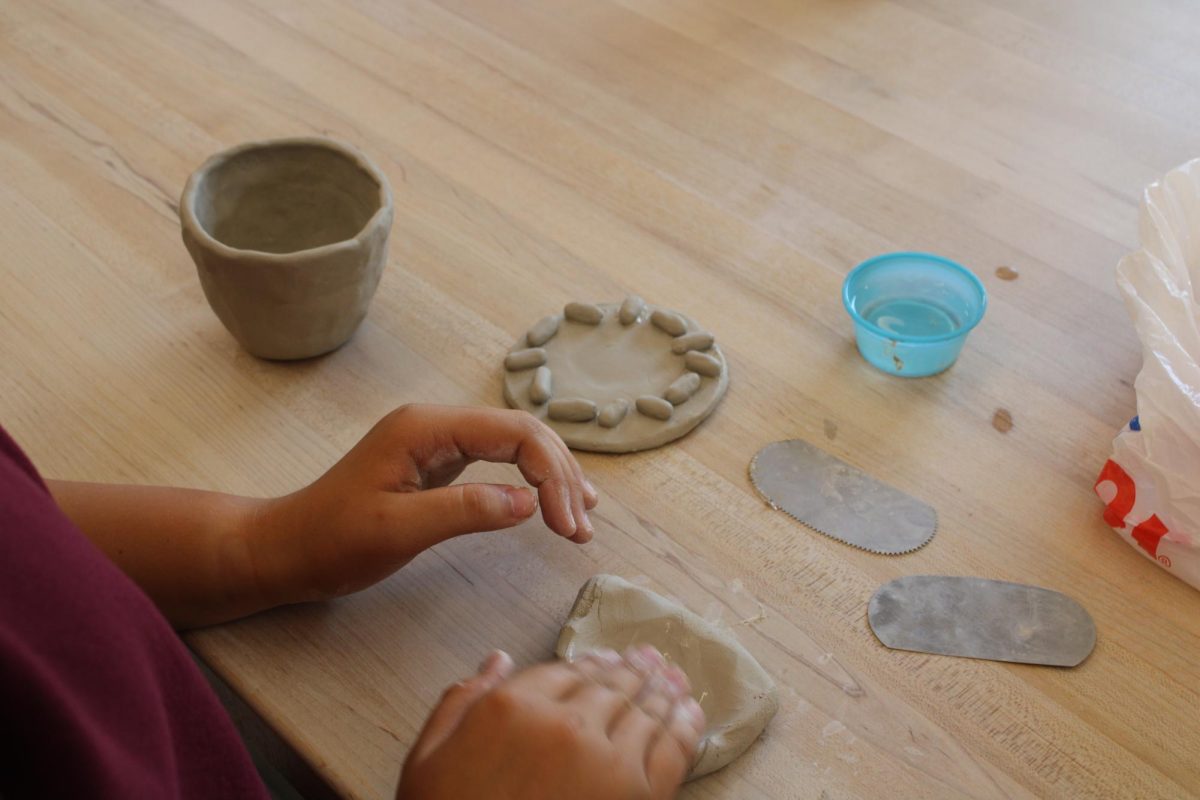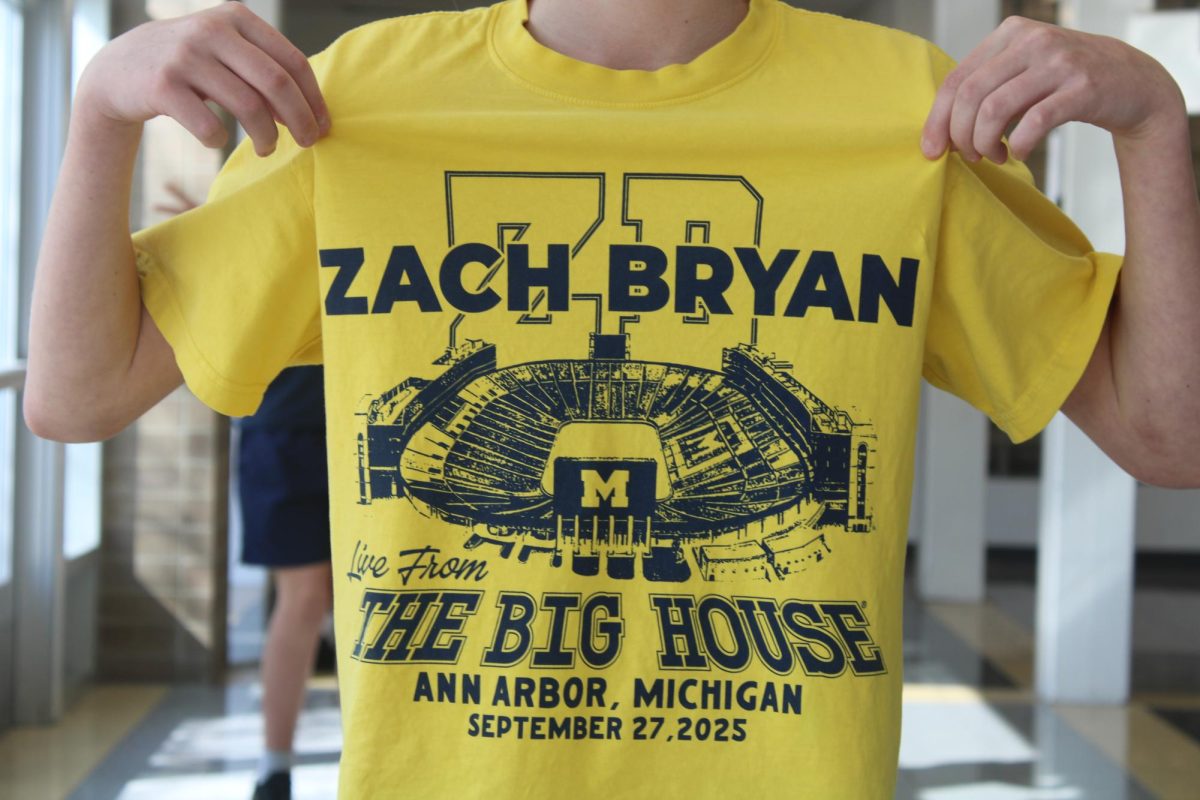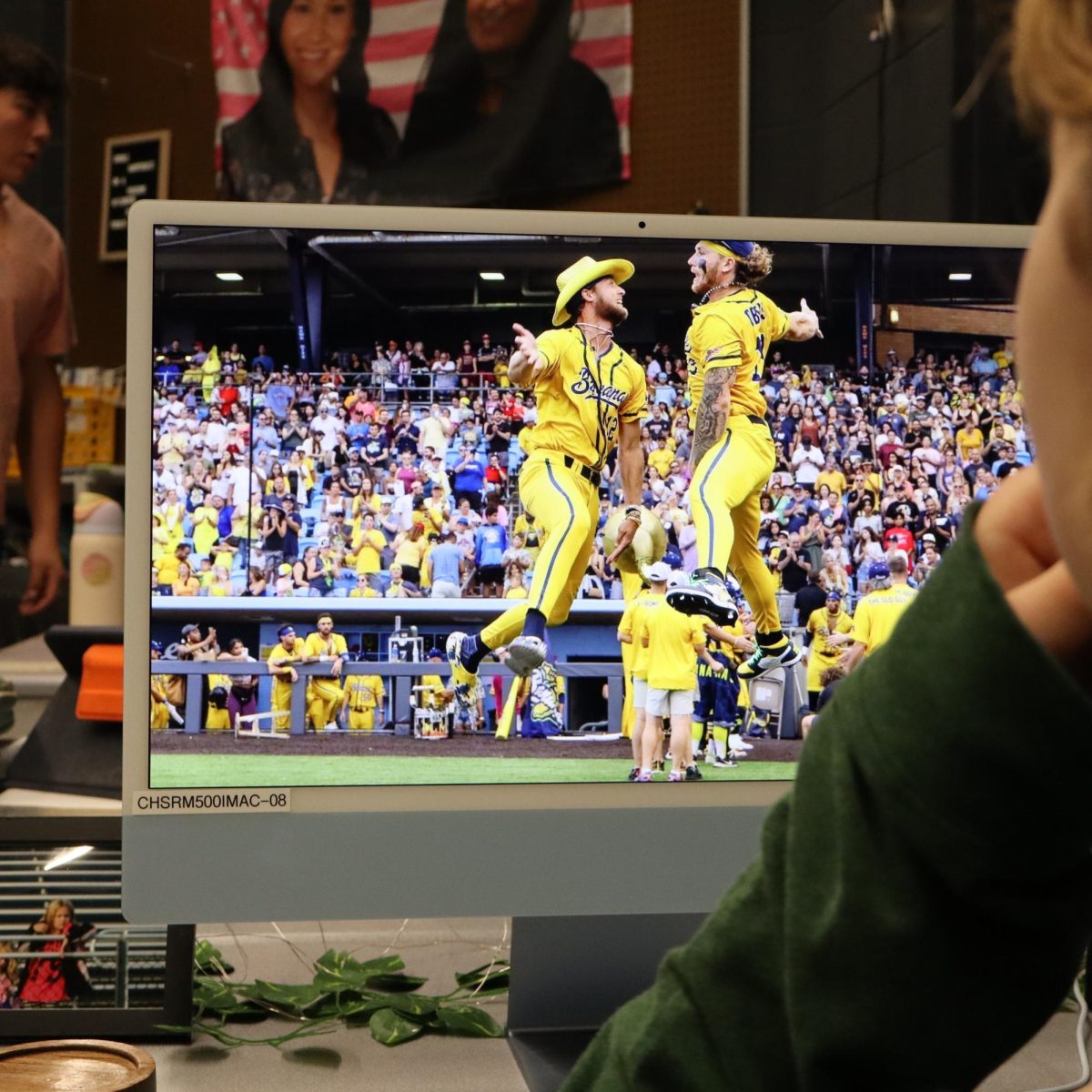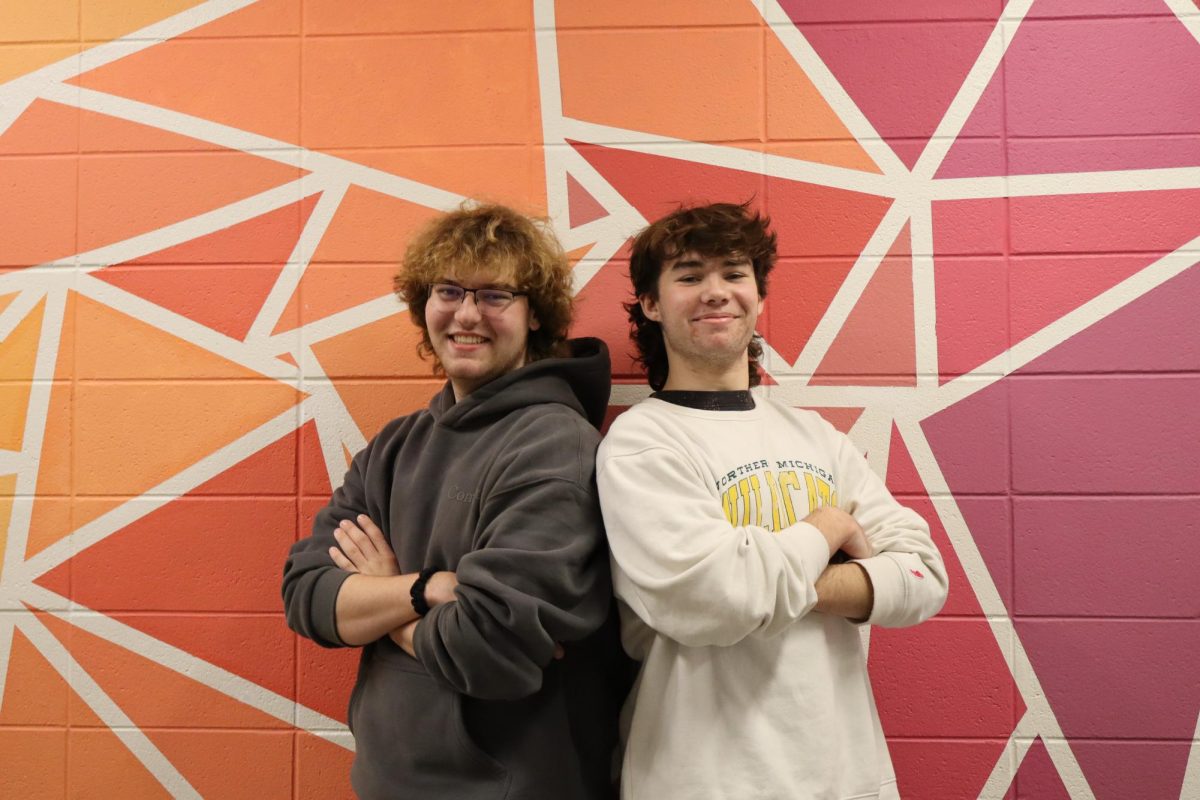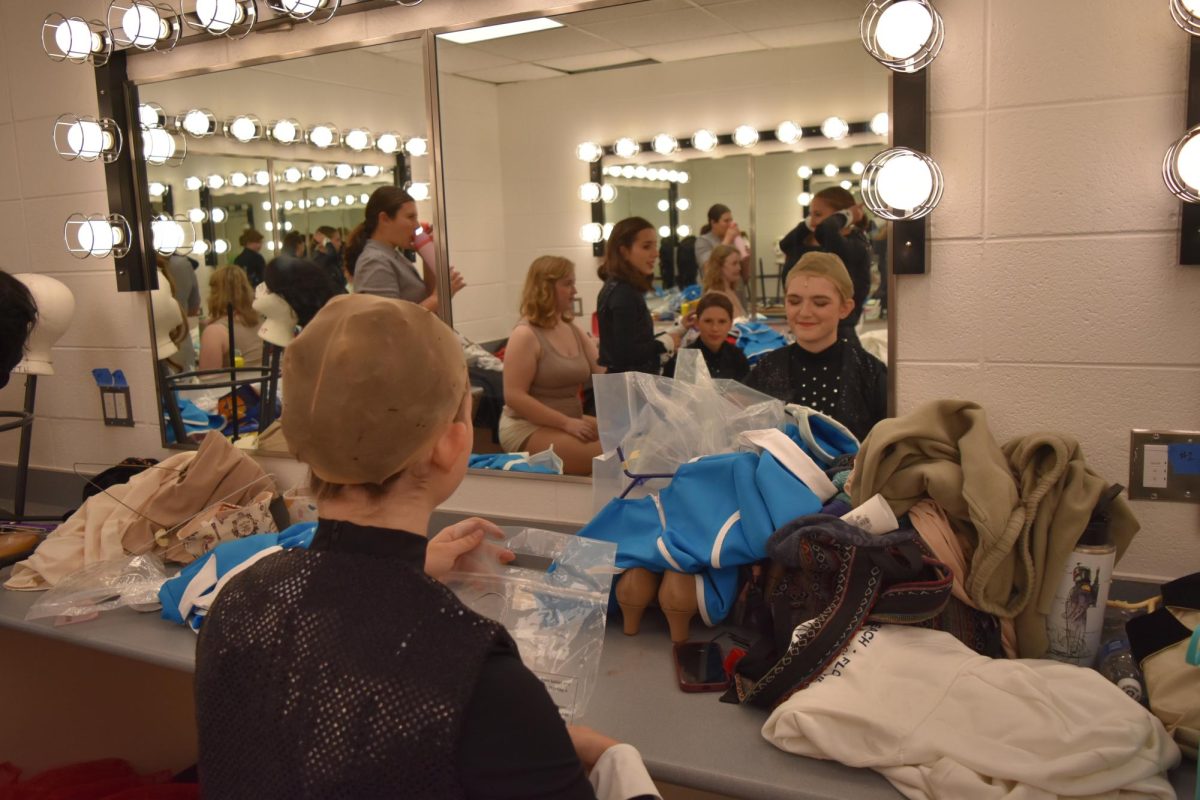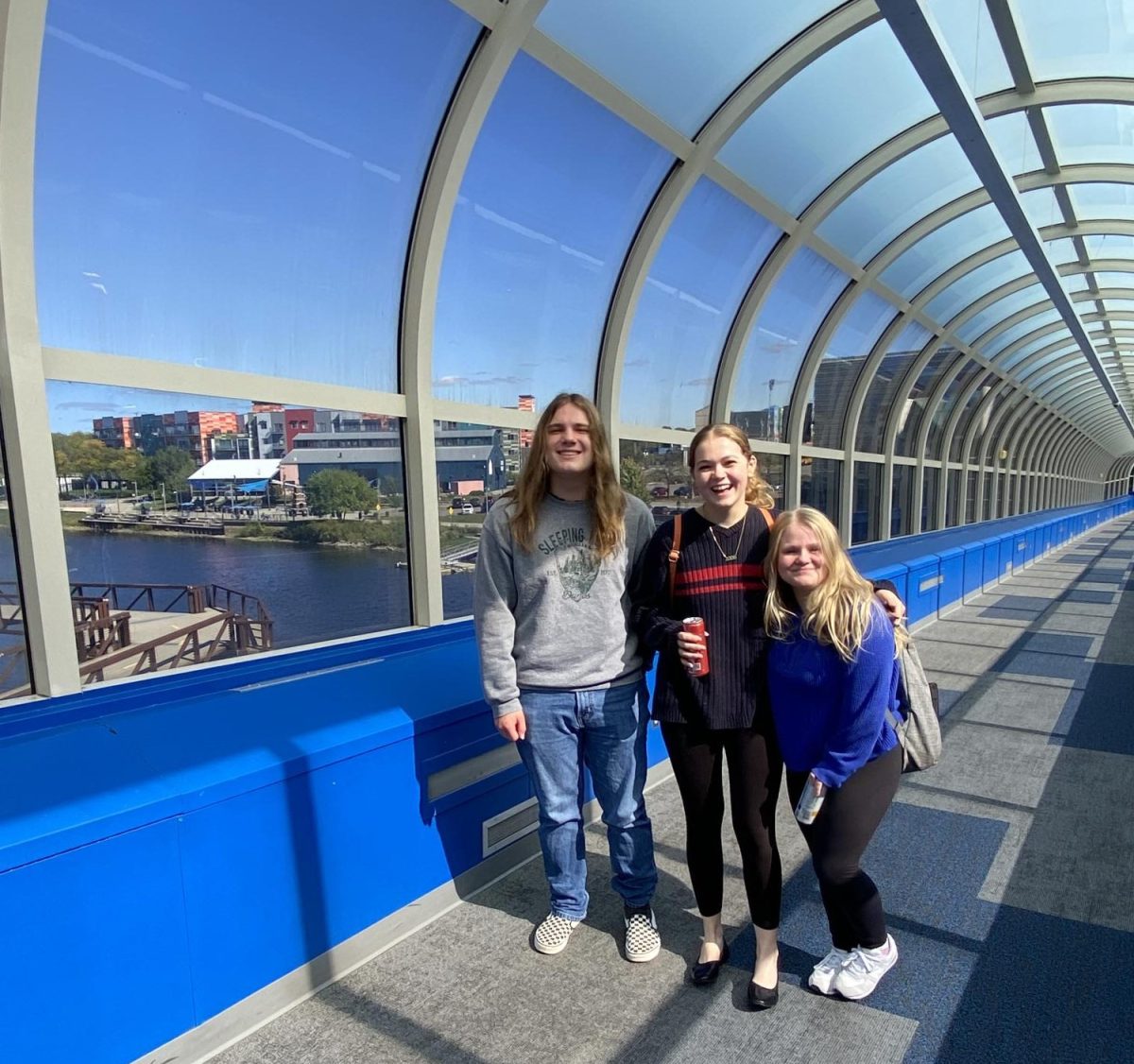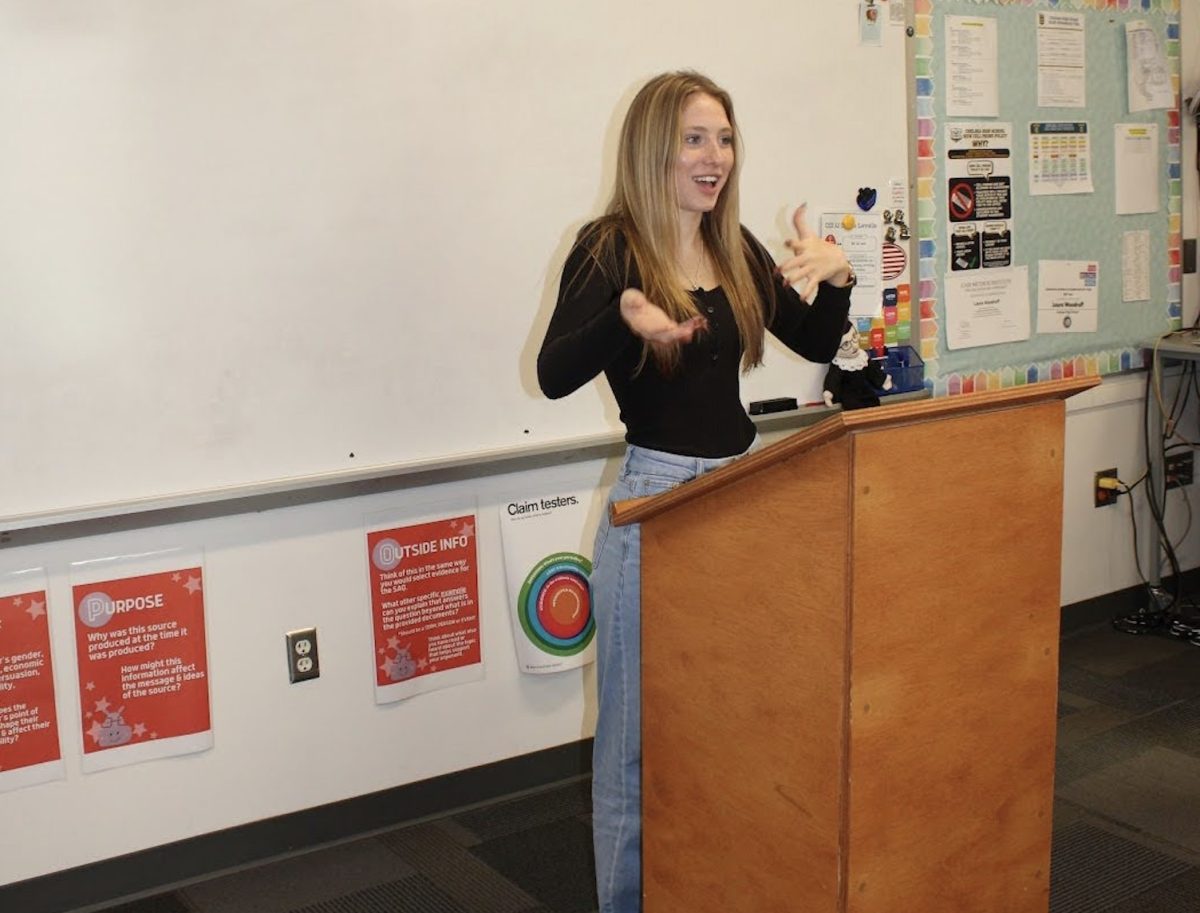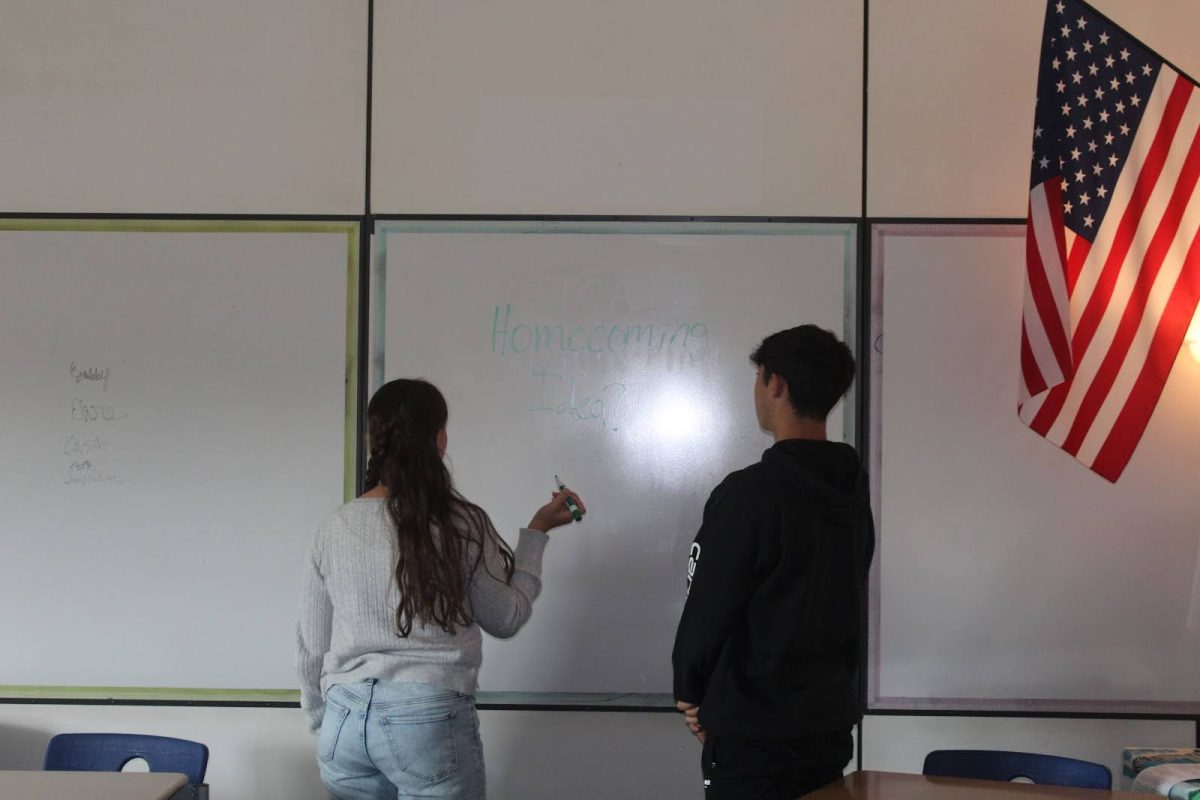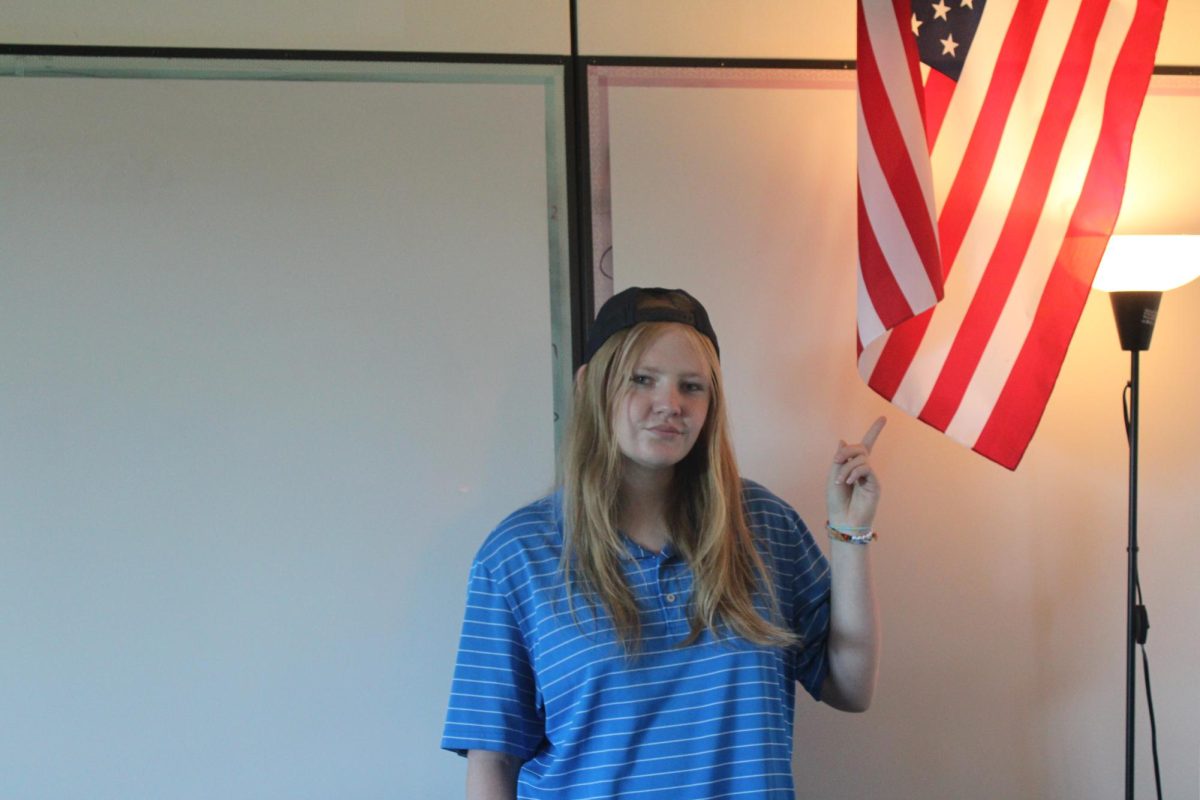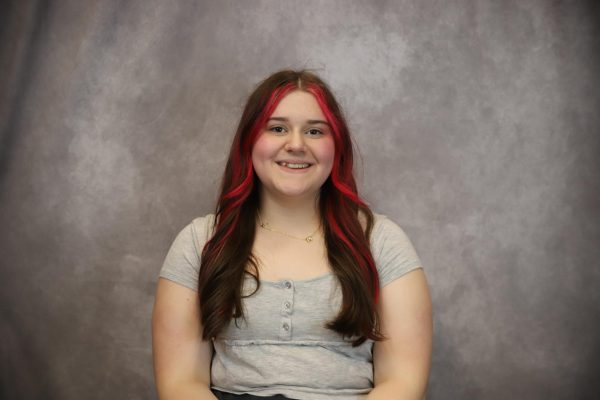Chelsea High School welcomes all staff members with open arms, but there are many helping hands that make up a classroom environment. The paraprofessionals around the school are built-in support systems that are here to help all students, but, beyond that, they all bring their own personal experience to the table.
Katie Minnick, a paraprofessional at CHS, finds the past lives of other paras important to consider. Here are the past careers of the paraprofessionals as CHS: John Seto was a police officer, Ryan Houle served in the army for 12 years, Danie Engel was a caretaker who also went to school for secondary education in social studies, Crystal Hayduk was a nurse, educator and a writer, Gary Galvin owned an art gallery, Robin Prodin was a social worker, Heather Hopkins was an education coordinator, Demi Straub was a yoga instructor and even had her own studio, and Leslie Young was a teacher.
“I don’t think students realize that we’re not college dropouts who come here. All of us have our four-year degree; most of us came from careers before this,” Minnick said.
There is a lot more to the job than what students see on the surface. Paraprofessionals are a lot more knowledgeable than some students give them credit for. In classrooms, they aren’t just an extra set of eyes, but also a helping hand when students need it.
“When I start in a classroom with freshmen, and they’ve never had me or had a para in their class, I bet they wonder, ‘Who is this babysitter in the back of the room?’ Or, ‘who keeps glaring at me and keeps walking around looking over my shoulder?” Minnick said. “[Students] don’t realize that I’m there to help them. Also, they sometimes think, ‘you’re not the teacher, so you don’t really know what you’re talking about.’ But, as it turns out, most of us do know what we’re talking about. We’ve been here for many years, and we’ve been in the same class multiple times.”
Behind the curtains, paras have a full schedule throughout the day and play a critical role in finding ways to efficiently support students. The rapid schedule of the school day can keep them very occupied, making this collaborative time harder to find.
“Paras have to be somewhere every second of the day,” Minnick said. “So the only time we get a chance to talk with our teachers is at the very beginning of every trimester. When we’re assigned to a new room, we all get a half day to go meet with teachers. We look at the class lists and talk about every single student. [Then] we talk about what accommodations we think they need.”
With all the running around they do, paras get a wide sense of student body culture. Some even find the environment refreshing. Galvin views the dynamic between students and the outside world in both a positive and a negative way.
“I love the optimism of the teachers and the students,” Galvin said. “Society is way too jaded and divisive. I love the fact that the students don’t pay that much attention to current events, so that I can come here and not be bombarded about it. But I do try to tell them that they should be a little curious about their world, that’s bigger than homecoming.”
When reflecting on their careers, paras have found it enticing to build relationships with students, but also the staff members they consider close friends. Galvin often finds himself busy reminiscing.
“People say, ‘Gary, when will you retire?’ Galvin said. “And I say, ‘the fact is: if I feel like it, I could retire tomorrow. But I don’t want to. And it’s not only the students. I appreciate seeing Katie and the others as well.”

